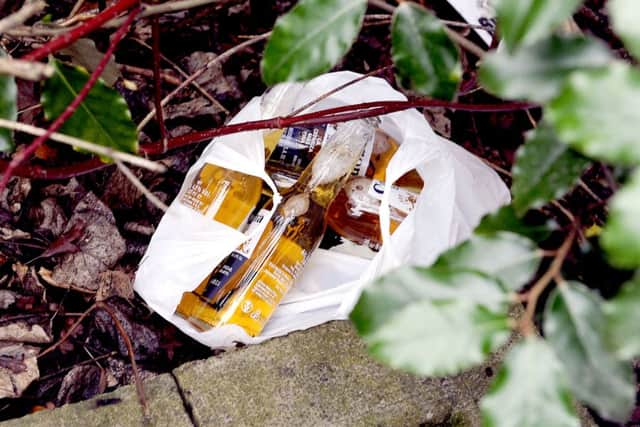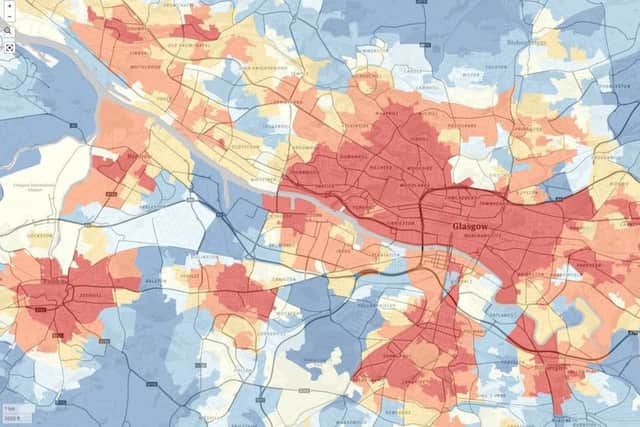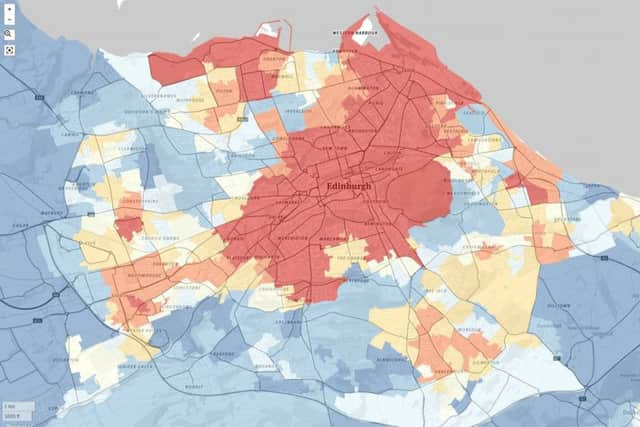Scotland’s deprived areas have more off-licences


It found places with the lowest average household incomes have the highest number of alcohol and tobacco outlets per head of population while the most well-off parts of the country have the fewest.
City centres also had a high number of off-licenses due to their location.
Advertisement
Hide AdAdvertisement
Hide AdResearchers at CRESH said the pattern could be a contributing factor to inequalities in rates of alcohol and tobacco-related disease.


Reducing the concentration of shops selling these products could help improve public health and address health inequalities, according to the team at the University of Edinburgh who led the study.
They said links between deprivation, outlet density and disease should be considered when drawing up tobacco and alcohol policies.
Their findings will be presented at a global alcohol policy conference in Edinburgh tomorrow where First Minister Nicola Sturgeon will deliver the keynote speech.
The team used alcohol licensing data and a tobacco retail register to calculate the density of outlets in regions across Scotland.


Links with deprivation were assessed using figures from the Scottish Index of Multiple Deprivation, which shows the proportion of people across the country receiving means-tested benefits and other government support.
Dr Niamh Shortt, senior lecturer in human geography at the University of Edinburgh, who led the study, said: “We already knew that alcohol and tobacco-related illnesses disproportionately affect people in deprived areas and this study confirms that these areas also have the highest concentrations of alcohol and tobacco outlets.
“We need to alter the environments in which people live, including restricting the availability of these products. Failing to tackle a broader set of factors, including retail environments, may exacerbate health inequalities.”
The research for the study, published in the journal BMC Public Health, was carried out in collaboration with the University of Glasgow.